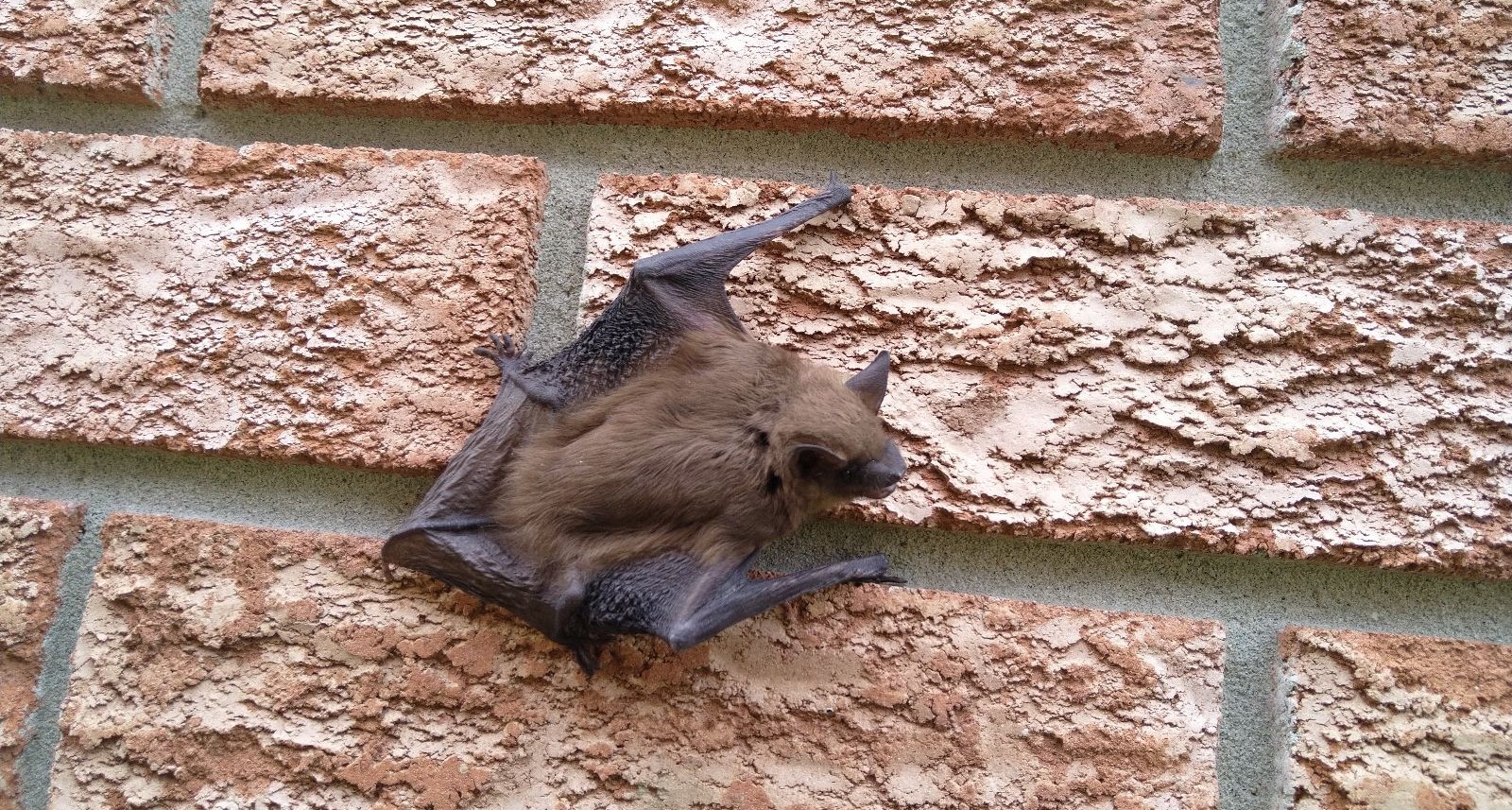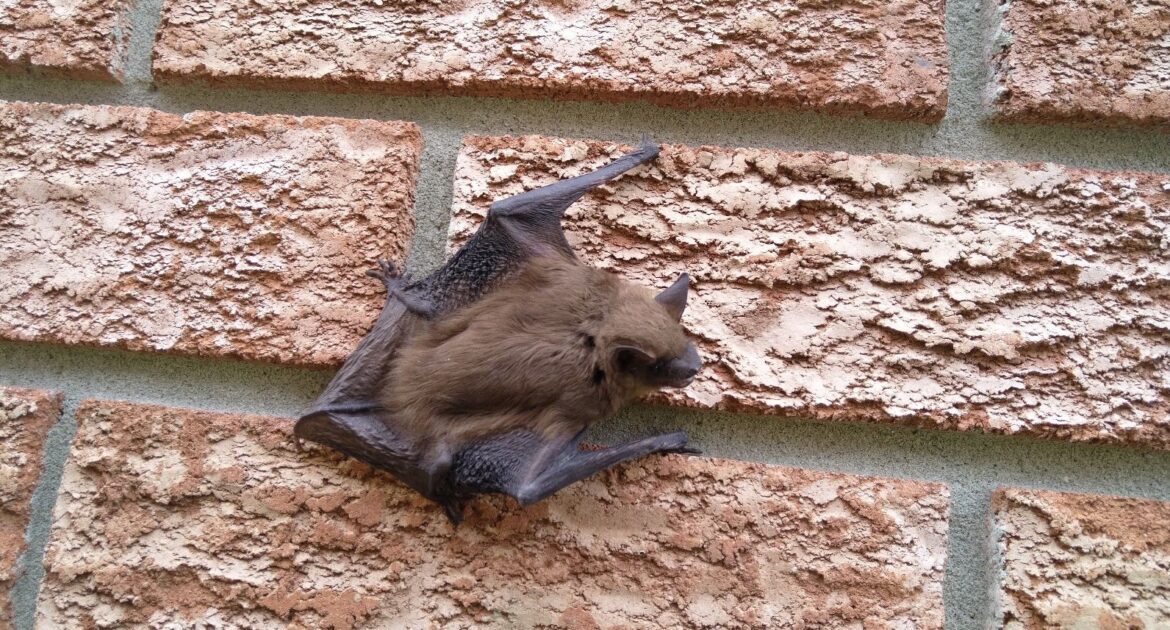Bats are some of the most misunderstood creatures in the animal kingdom. As the world’s only flying mammals, they play a vital role in ecosystems across the globe. Yet, many people know little about their habits, diet, and lifestyle—until they encounter bats in their home. If you’ve ever wondered, What do bats eat? or found yourself face-to-face with these nocturnal visitors, this guide will answer your questions and explain why professional bat removal services in Coquitlam, like those offered by Skedaddle Humane Wildlife Control, are essential.
How Many Species of Bats Are There?
Before diving into what bats eat, it’s important to understand just how diverse these creatures are. There are over 1,400 species of bats worldwide, making them one of the most varied groups of mammals on the planet. From the tiny bumblebee bat, which weighs less than a penny, to the massive flying fox with a wingspan of up to five feet, bats come in all shapes and sizes.
While their appearances and behaviours differ, bats can generally be grouped into two categories based on their diet: insectivores (insect-eating bats) and frugivores (fruit-eating bats). A few species, like the infamous vampire bats, have specialized diets, but they are the exception rather than the rule.
What Do Bats Eat?
The diet of a bat depends on its species and habitat. Here’s a closer look at the main types of bat diets:
1. Insect-Eating Bats
The majority of bats in North America, including the U.S. and Canada, are insectivores. These bats are nature’s pest control experts, consuming vast quantities of insects every night. A single bat can eat up to 1,000 mosquitoes in an hour, making them invaluable for controlling pests that can spread diseases like West Nile virus and malaria.
Insect-eating bats use a technique called echolocation to hunt. By emitting high-pitched sounds and listening to the echoes that bounce back, they can pinpoint the location, size, and movement of their prey—even in complete darkness. This incredible ability allows them to snatch insects right out of the air with precision.
2. Fruit-Eating Bats
Frugivorous bats, often found in tropical regions, feed on fruits, nectar, and flowers. These bats play a crucial role in pollination and seed dispersal, helping to maintain healthy ecosystems. For example, the agave plant, which is used to make tequila, relies on bats for pollination.
Fruit bats, like the flying fox, have excellent eyesight and a keen sense of smell, which they use to locate ripe fruits and flowers. Once they find their meal, they chew on the fruit to extract its juices, spitting out the seeds and pulp.
3. Vampire Bats
While the idea of blood-drinking bats may sound like something out of a horror movie, only three species of bats are true vampires. These bats, found in Central and South America, feed on the blood of livestock and wild animals. They use heat sensors on their noses to locate blood vessels and secrete an anticoagulant in their saliva to keep the blood flowing while they feed.
It’s worth noting that vampire bats pose little threat to humans and are more interested in animals like cows and horses. However, they can transmit diseases like rabies, so it’s important to avoid contact.
Which Bats Live in the U.S. and Canada?
In North America, there are 47 species of bats in the U.S. and 18 species in Canada. The most common species in Canada is the little brown bat, a small insectivorous bat that plays a vital role in controlling mosquito populations.
Unfortunately, many North American bat species are under threat from a fungal disease called white-nose syndrome. This devastating illness has killed millions of bats across the continent, highlighting the importance of protecting these creatures and their habitats.
Why Are Bats Important?
Bats are often overlooked, but they provide numerous benefits to humans and the environment:
- Pest Control: Insect-eating bats help reduce the need for chemical pesticides by consuming agricultural pests and disease-carrying insects.
- Pollination: Fruit bats pollinate plants like bananas, mangoes, and agave, supporting food production and biodiversity.
- Seed Dispersal: By spreading seeds, bats help regenerate forests and maintain healthy ecosystems.
Without bats, we would face increased crop damage, higher rates of insect-borne diseases, and a loss of biodiversity.
How Do Bats Find Food?
Bats have evolved incredible adaptations to locate and capture their food:
- Echolocation: Insectivorous bats emit high-frequency sounds and use the returning echoes to detect flying insects.
- Keen Vision and Smell: Fruit bats rely on their sharp eyesight and sense of smell to find ripe fruits and flowers.
- Heat Sensors: Vampire bats use specialized heat sensors on their noses to locate blood vessels in their prey.
These unique hunting techniques make bats some of the most efficient predators in the animal kingdom.
What to Do If You Find Bats in Your Home
While bats are beneficial to the environment, they can become a problem when they take up residence in your home. Bats often roost in attics, chimneys, and walls, where they can cause damage and pose health risks. Bat droppings, or guano, can harbour harmful pathogens like histoplasmosis, a respiratory disease.
If you discover bats in your home, it’s crucial to act quickly and responsibly. Here’s why you should call Skedaddle Humane Wildlife Control:
- Legal Considerations: In many areas, it’s illegal to remove bats during their pup-rearing season. Skedaddle’s experts are familiar with local regulations and can ensure compliance.
- Humane Removal: Skedaddle uses ethical methods to evict bats without harming them, protecting both your home and the bats.
- Comprehensive Solutions: After removing the bats, Skedaddle will clean and disinfect the area, seal entry points, and provide long-term prevention strategies.
Why Choose Skedaddle Humane Wildlife Control?
With over 30 years of experience, Skedaddle is a leader in humane wildlife control. Our team of professionals is trained to handle bat removal safely and effectively, ensuring minimal disruption to your home and the surrounding environment.
Here’s what sets us apart:
- Expert Knowledge: We understand bat behaviour and biology, allowing us to provide tailored solutions.
- Humane Practices: Our methods prioritize the safety and well-being of wildlife.
- Guaranteed Results: We offer a lifetime guarantee on our exclusion work, giving you peace of mind.
Keep Bats Out: Humane Solutions for a Bat-Free Home
Bats are fascinating creatures that play a vital role in our ecosystems, but they don’t belong in your home. If you’ve noticed signs of bats in your attic or other areas, don’t wait—contact Skedaddle Humane Wildlife Control in Coquitlam today. Our team will provide a thorough assessment, humane removal, and long-term prevention to keep your home bat-free.
Call us now to schedule your consultation and learn how we can help protect your home while respecting the natural world.




